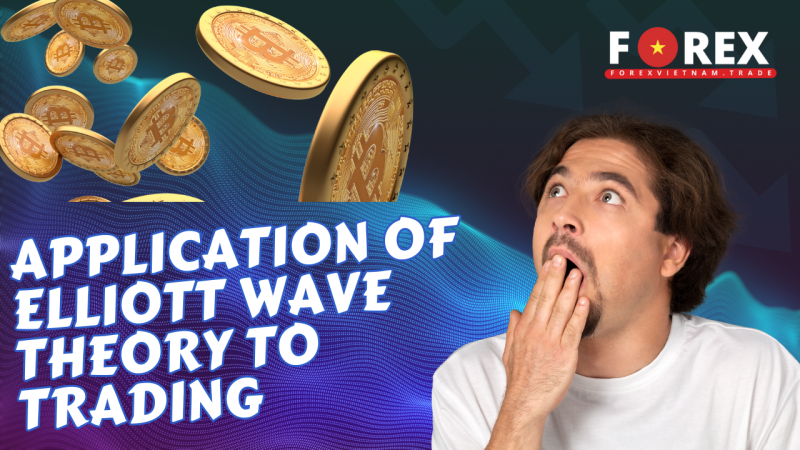The Elliott Wave Theory is a technical analysis method used in trading to predict the price movements of stocks, currencies, commodities, and other financial assets. It was developed by Ralph Nelson Elliott in the 1930s and is based on the assumption that market prices move in wave patterns that can be identified and predicted. The theory identifies market cycles, known as “waves,” and attempts to understand how prices will move in the short and long term.
The basic principles of the Elliott Wave Theory are as follows:
Impulse Waves (Advancing):
Comprising five sub-waves, consisting of three upward waves (1, 3, 5) and two downward waves (2 and 4).
Correction Waves (Declining):
Comprising three sub-waves, consisting of two upward waves (A and C) and one downward wave (B).
Fractal Rule:
Elliott waves can be subdivided into smaller waves with similar structures. In other words, waves consist of smaller waves.
Fibonacci Patterns and Levels:
The theory also uses Fibonacci levels to identify potential support and resistance levels in price movements.
Applying the Elliott Wave Theory in trading involves identifying wave patterns on price charts. This can be a complex task and requires a deep understanding of the theory. Moreover, trading based on this theory involves following certain rules and guidelines.
Here are some common steps for applying the Elliott Wave Theory in trading:
Wave Identification:
Identify waves and label them (1, 2, 3, A, B, C, etc.) on the price chart.
Confirmation:
Ensure that the wave patterns adhere to the rules and guidelines of the theory. This requires a thorough understanding of the theory.
Fibonacci Levels:
Use Fibonacci levels to identify potential support and resistance levels.
Additional Analysis:
Use other technical analysis tools, such as technical indicators and candlestick pattern analysis, to confirm signals from the Elliott Wave Theory.
Risk Management:
Always employ sound risk management. Set stop-loss and take-profit levels in line with your risk tolerance.
Continuous Learning:
The Elliott Wave Theory requires ongoing learning. Keep updating your knowledge of the theory and apply it in various market situations.
It’s important to note that the Elliott Wave Theory is not always successful and can be intricate. Many traders choose to combine this technical analysis with other analytical tools. Always practice on a demo account before using real money in trading and consult with a professional or mentor if you are new to applying this theory.







